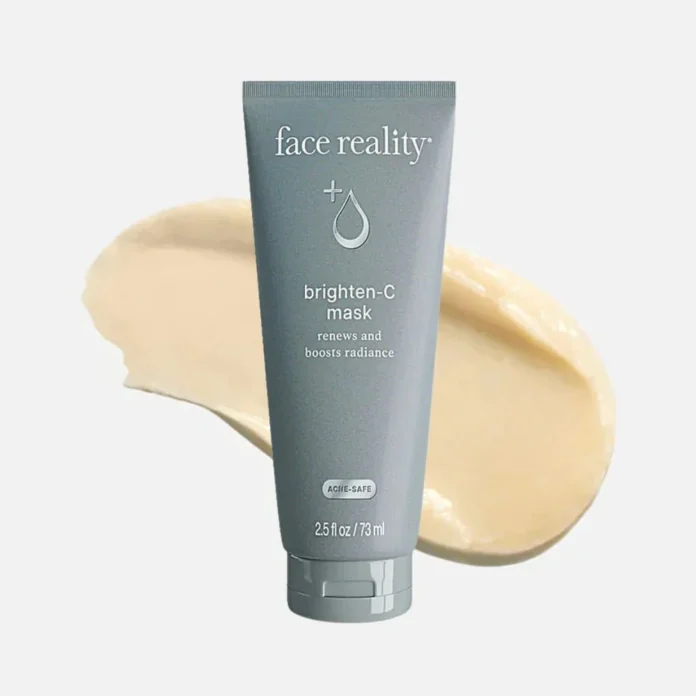If your skin feels dull, dry, or just not at its best, you’re not alone. Many people struggle to keep their skin happy and healthy. Face masks for skin care can help bring that glow back without much effort. They’re quick, relaxing, and easy to use at home.
Let’s break it all down, so you know what works, what doesn’t, and how to use masks the right way.
Why Face Masks Are More Than Just a Trend
Face masks aren’t just about pampering. They do real work. They help clean out your pores, bring in moisture, calm red spots, and even out your tone. The best part? You can see results in as little as 10–20 minutes.
Whether you have dry skin, oily patches, acne, or you’re just feeling tired — there’s a mask out there for you.
Choose What Your Skin Needs Most
Not every mask is for everyone. Your skin type decides what kind of mask works best. Here’s how to pick the right one.
1. If your skin feels dry:
Go for a hydrating mask. These are packed with ingredients like hyaluronic acid, aloe vera, and ceramides. They add moisture and give your skin a soft, fresh feel.
2. If you have breakouts:
Look for a clay or charcoal mask. These help soak up oil and pull out dirt. Ingredients like salicylic acid and tea tree oil also help clean clogged pores.
3. If your skin looks dull:
Choose an exfoliating mask. These masks remove dead skin and bring out a brighter look. You’ll see ingredients like lactic acid, glycolic acid, or fruit enzymes in these types.
4. If your skin is red or sensitive:
Use a calming mask. They’re gentle and full of ingredients like oat, cucumber, or green tea to soothe irritation.
How to Use a Mask Without Wasting It
Many people make the mistake of leaving a mask on too long or using it too often. Here’s how to get it right:
- Clean your face first. Always start with a clean surface so your skin can absorb the mask better.
- Follow the time on the label. Leaving it on too long won’t help more — it might even dry out your skin.
- Don’t overdo it. Use a mask 1–3 times a week. That’s enough to see changes without stressing your skin.
Tip: If your skin feels tight or itchy while using a mask, wash it off right away. That means it’s too strong for you.
What to Do After the Mask Comes Off
What you do after the mask matters just as much. Don’t skip these steps:
- Rinse well with lukewarm water. Make sure no mask is left behind.
- Pat dry with a clean towel. Don’t rub.
- Moisturize right away. This locks in the good stuff the mask gave you.
- Keep it gentle for the rest of the day. No harsh scrubs or active serums after masking.
Mask Types You’ll Find in Stores
There are lots of different types of masks. Here’s a simple guide:
- Sheet masks: Pre-soaked fabric masks you place on your face. Great for hydration.
- Clay masks: Help with oil control and clogged pores.
- Gel masks: Cool and calm the skin — perfect for sensitive types.
- Cream masks: Rich and buttery, ideal for dry skin.
- Peel-off masks: Remove dead skin and some blackheads. Be careful — some can be harsh.
A Few Ingredients That Actually Work
You don’t need to be a scientist to know what works. Keep an eye out for these:
- Hyaluronic acid – holds water in the skin
- Niacinamide – improves tone and reduces redness
- Charcoal – pulls out dirt from pores
- Vitamin C – brightens skin
- Green tea – calms and protects
When you find a mask with one or more of these, you’re on the right track.
Common Questions Answered
Can I use a mask every day?
No. Most masks are meant for 1–3 times a week. Daily use can irritate your skin.
Do masks help with acne?
Yes, but only certain ones. Look for clay, sulfur, or salicylic acid in the ingredients.
Are sheet masks good?
They’re great for a quick boost of moisture and are easy to use. But they don’t clean out your pores like a clay mask.
Don’t Forget the Neck and Chest
Your face isn’t the only place that needs care. Many people forget their neck and chest, but those areas also show signs of age, dryness, and sun damage. Some brands now make neck and décolleté masks — they’re a great add-on to your routine.
Keep It Simple, Keep It Regular
Adding a mask to your weekly skincare doesn’t mean you need a full routine overhaul. Start small. Try one mask that fits your skin need and give it a couple of weeks. Pay attention to how your skin feels and looks. Change the type of mask depending on the season or if your skin changes.
And don’t buy into the idea that more is better — it’s not. One or two good masks used regularly will always beat five random ones used once a month.
Ready to Try?
Your skin tells you what it needs — dryness, dullness, breakouts, or just some extra care. The good news is that face masks for skin care can help with all of that if you choose the right one and use it the right way.
If you’re looking for trusted products, Skyn Alchemy has a well-curated collection of face masks for different skin types and goals. Whether you want to calm your skin, clean it deeply, or just treat yourself to a quiet moment, you’ll find something helpful there.
